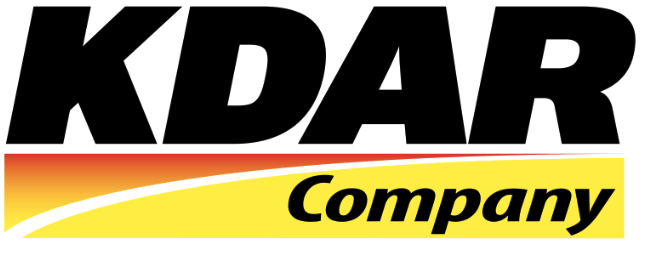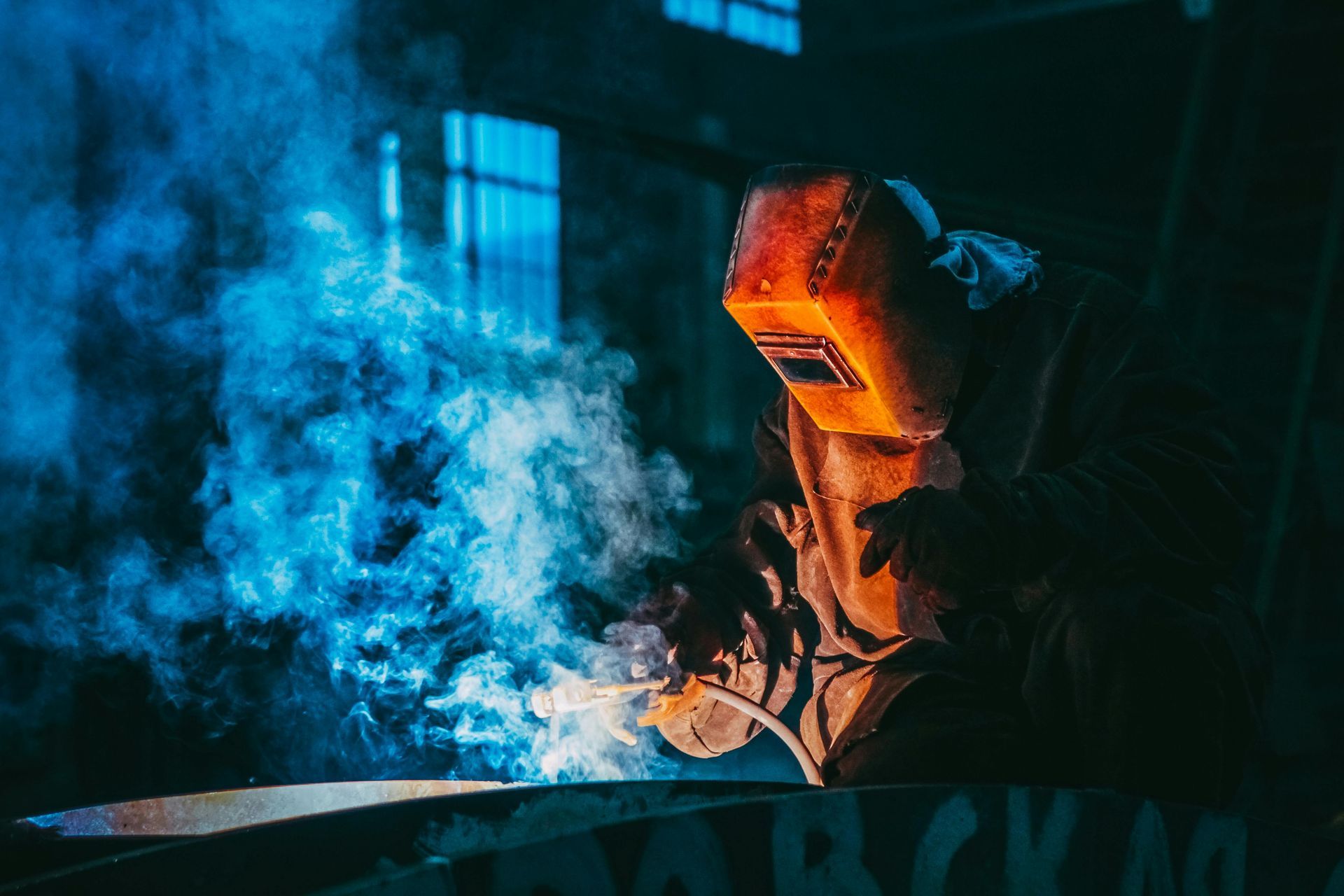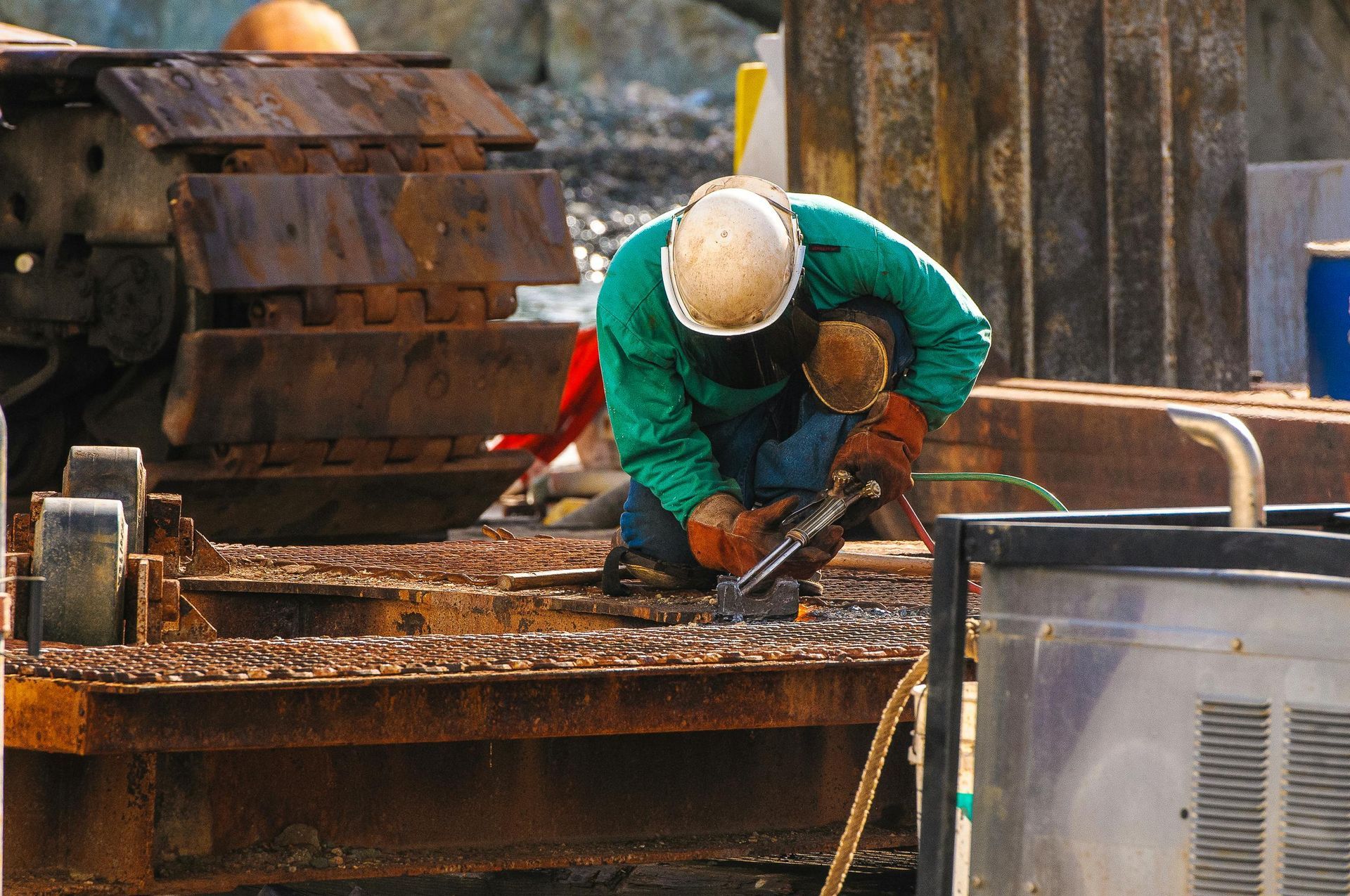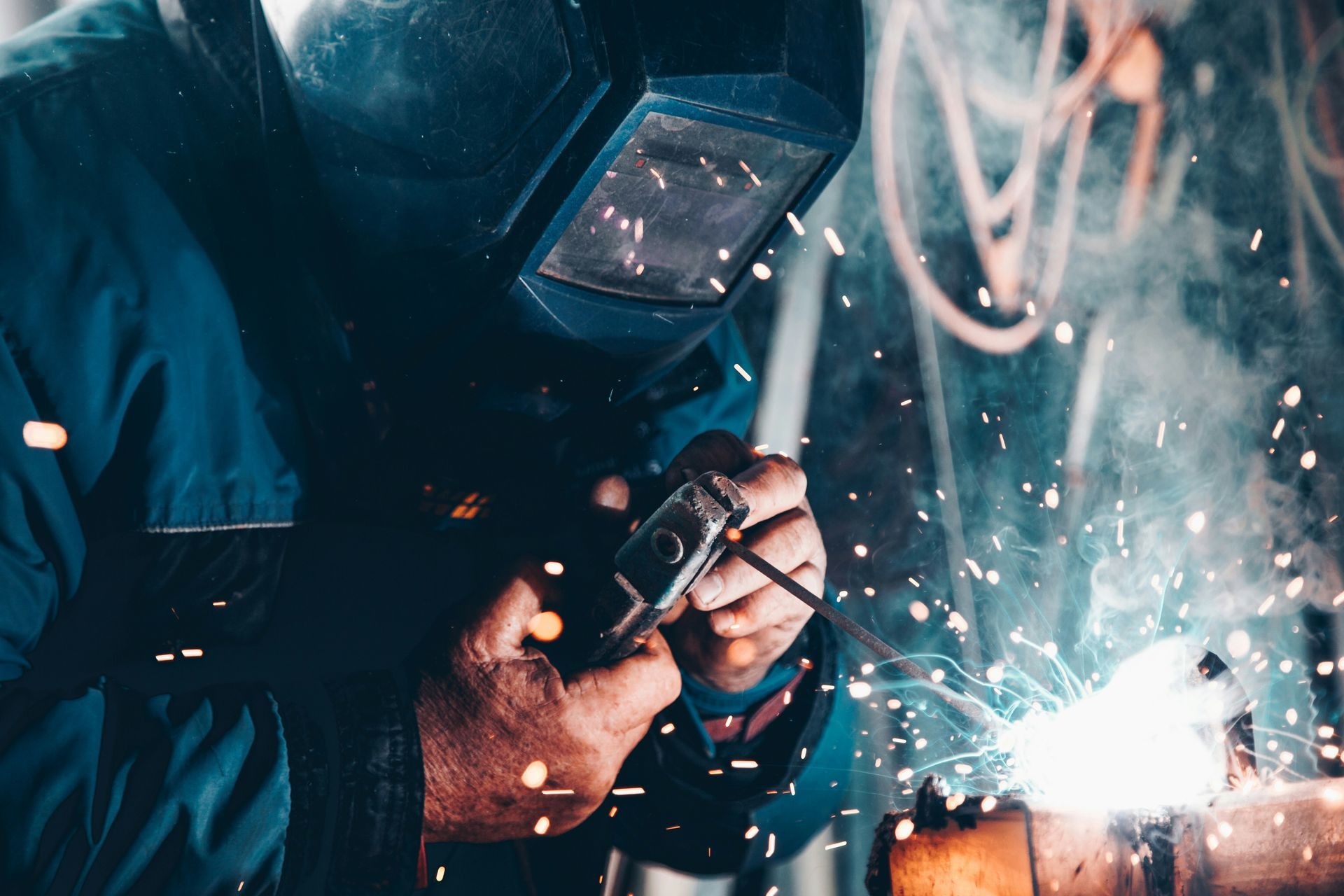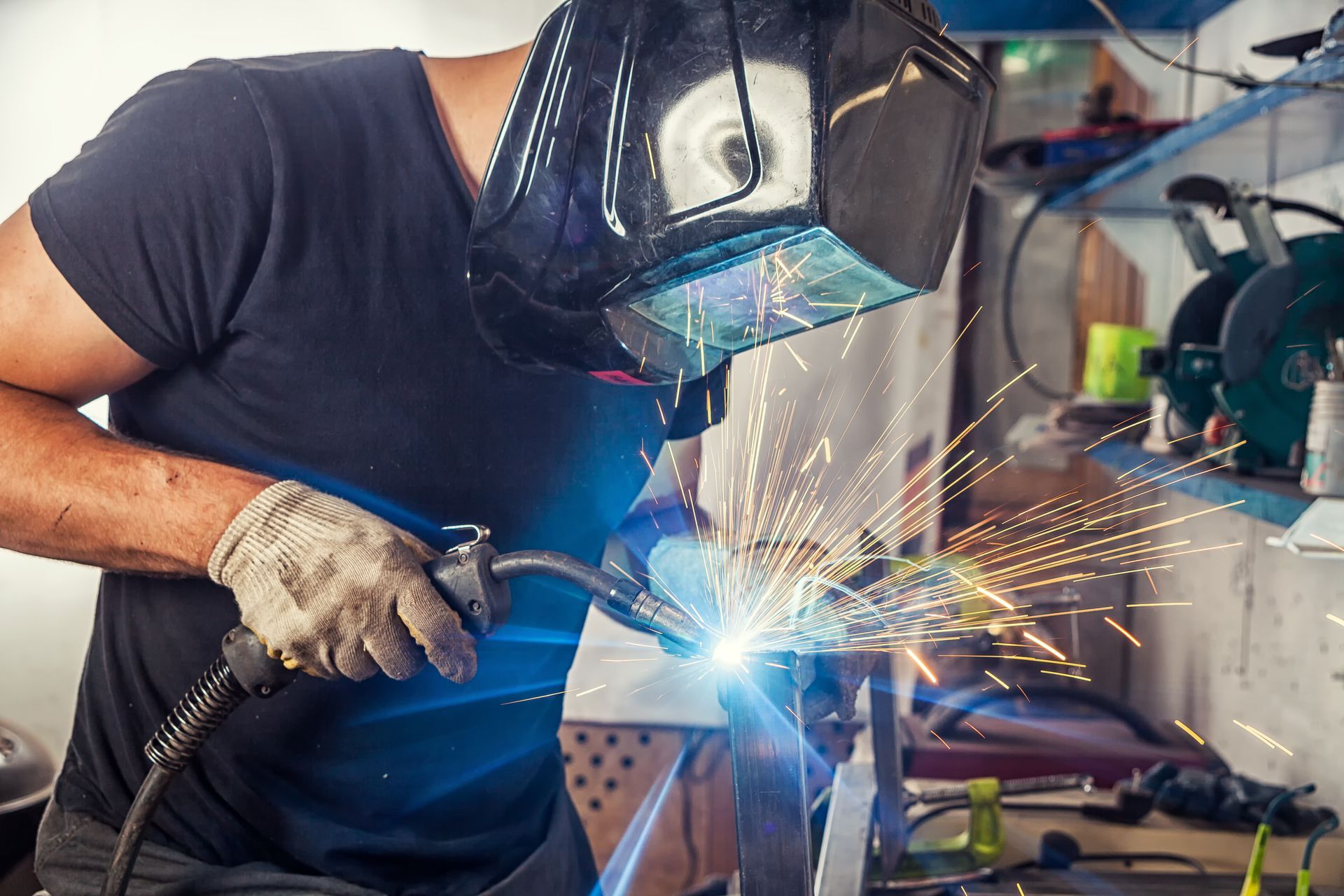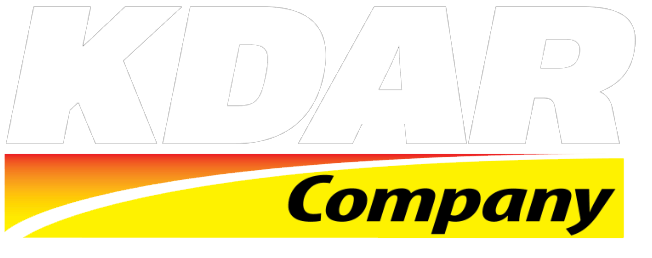Back to the Basics: Welding Fundamentals
August 8, 2024
Welding is essential in many industries, from construction and manufacturing to automotive and aerospace. It is the art of joining metals by melting and fusing them, creating strong and durable bonds.
Understanding the fundamentals of welding is crucial for both beginners and experienced welders to ensure safety, efficiency, and high-quality results. Let's return to the basics and explore the core concepts, techniques, and safety measures found in welding.
The Science Behind Welding
At its core, welding involves heating metals to their melting points and then allowing them to cool and solidify, forming a solid joint. Several welding processes exist, each with a unique method of achieving this fusion.
Arc Welding: One of the most common welding techniques. This method strikes an electric arc between an electrode and the base metal. The heat generated melts the metal, forming the weld. Types of arc welding include Shielded Metal Arc Welding (SMAW), Gas Metal Arc Welding (GMAW or MIG), and Gas Tungsten Arc Welding (GTAW or TIG).
Gas (Oxy-Fuel) Welding: Gas welding uses a flame to melt metals by burning a mixture of oxygen and fuel gas (usually acetylene).
Resistance Welding: This technique involves passing a current through the metal pieces to generate heat from resistance, causing the metals to fuse. Spot and seam welding are typical examples of this method.
Laser and Electron Beam Welding: These high-energy processes use focused laser or electron beams to melt and precisely join metals. They are often used in advanced manufacturing and aerospace industries.
Essential Welding Equipment
To start your welding journey, you must first secure
some essential equipment. Below, you'll find what you need to start on your first project.
Welding Machine: Depending on the type of welding, you'll need a machine that can generate the necessary heat, whether it's an arc welder, gas welder, or a resistance welding machine.
Electrodes or Filler Materials: Electrodes are used in arc welding, while filler rods or wires are used in other welding processes to add material to the weld joint.
Protective Gear: Safety is paramount in welding. A welding helmet with a proper shade, gloves, protective clothing, and safety glasses are essential to protect against sparks, UV radiation, and molten metal.
Clamps and Fixtures: These hold the workpieces in place, ensuring stability and alignment during welding.
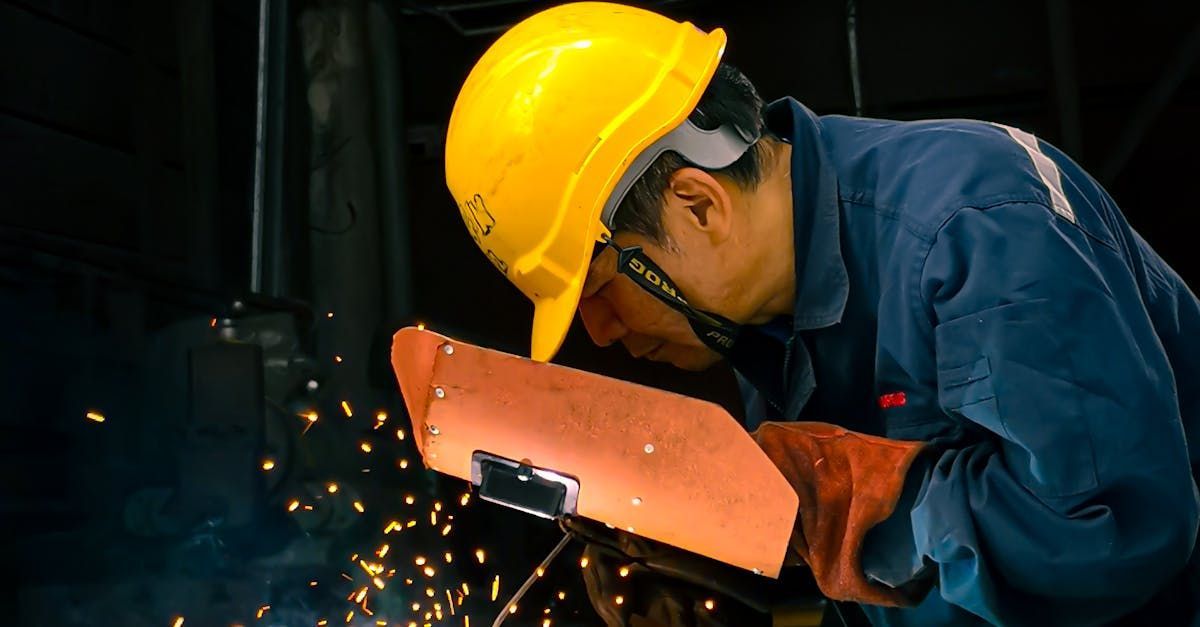
Welding Techniques and Skills
Mastering welding requires understanding and practicing several techniques; these are some of the basics.
Joint Preparation: Proper preparation of the metal surfaces is crucial; this includes cleaning the surfaces, removing rust, oil, or paint, and beveling the edges if necessary to ensure a strong weld.
Striking an Arc: In arc welding, learning to hit and maintain an arc is fundamental; this involves striking the electrode against the metal surface and maintaining the correct arc length.
Welding Position: While welding, you'll find yourself contorting into different positions to approach at the correct angle: flat, horizontal, vertical, and overhead. Each position requires different techniques, skills, and flexibility.
Controlling Heat Input: Proper heat control is vital to avoid overheating the metal, which can lead to warping or weakening the weld; this involves adjusting the welding current, travel speed, and arc length.
Puddle Control: The molten metal pool, or puddle, must be controlled to ensure a smooth and even weld bead; this requires steady hand movement and maintaining the correct speed.
Safety Measures in Welding
Welding involves various hazards, including burns, electric shock, toxic fumes, and UV radiation. Adhering to safety protocols is essential to keep yourself, your crew members, and any nearby pedestrians safe.
Personal Protective Equipment (PPE): Always wear appropriate PPE, including a welding helmet, gloves, protective clothing, and safety glasses.
Ventilation: Ensure proper ventilation in the welding area to avoid inhaling toxic fumes. Use fume extractors if necessary.
Fire Safety: Keep a fire extinguisher nearby and ensure the welding area is free of flammable materials.
Electrical Safety: Check all electrical connections and cables for damage. Use insulated tools and wear rubber-soled shoes to prevent electric shock.
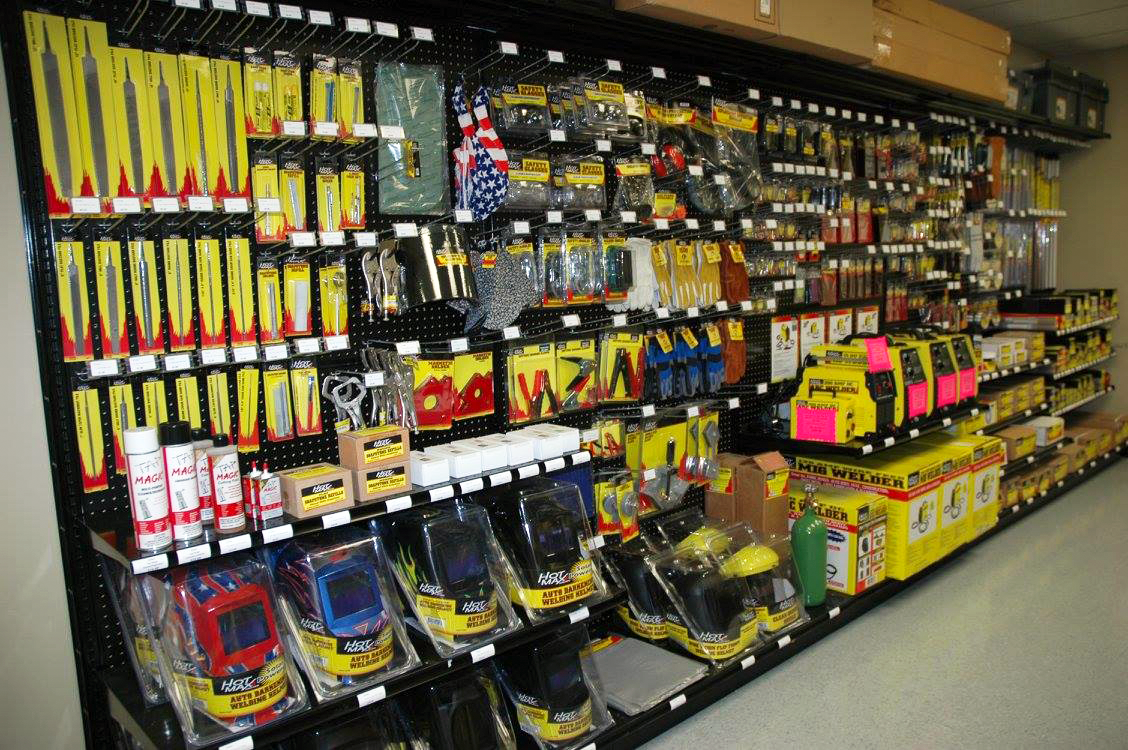
Work with KDAR Company
Welding is a skill that combines art and science, requiring a deep understanding of materials, techniques, and safety measures. By mastering the fundamentals, welders can produce strong, reliable joints that stand the test of time.
Whether you are a beginner or an experienced welder, returning to the basics ensures a solid foundation for continued learning and improvement in this vital trade. At KDAR Company, we strive to provide welders with the equipment and support they need to do their jobs safely and efficiently, regardless of industry. Contact our support team to learn more!
